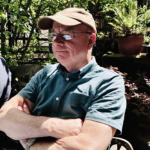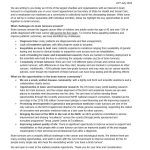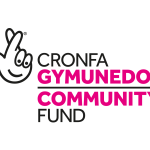From a chance meeting to a happy marriage
One of the first things I noticed about Natalie was the life in her. We first met on February 20th, 1986. I hadn’t expected to meet her that night, or anyone for that matter. We were having a party at my flat to celebrate engineering drawings we had just completed, hosted at mine because someone said my flat had the best sound system. And Natalie decided to crash that party. I answered the door, a bit worse for wear, and met the woman who would soon become the love of my life.
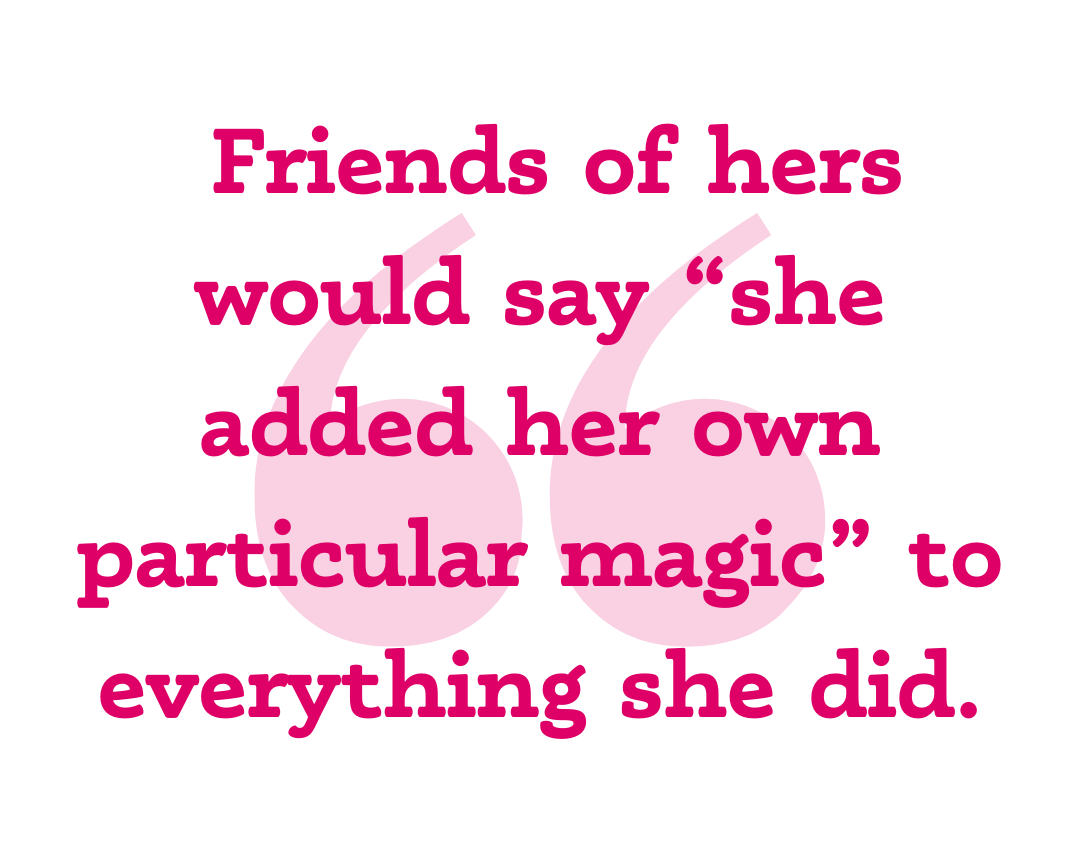 That night I took her for a romantic walk along Aberdeen beach. In a snowstorm. We holed up in a telephone box that night waiting for a cab, and somehow, I convinced her to have lunch with me the next day. This was the first day I took off from work in eighteen months.
That night I took her for a romantic walk along Aberdeen beach. In a snowstorm. We holed up in a telephone box that night waiting for a cab, and somehow, I convinced her to have lunch with me the next day. This was the first day I took off from work in eighteen months.
We barely spent a day apart for the next thirty-six years.
Soon after, she moved with me to London in Queensborough Terrace. We spent our days walking through Kensington Gardens, going to restaurants and pubs on Moscow Road. I was working as a chemical engineer for Brown and Root in Wimbledon and Natalie was teaching at Highbury Grove School.
We were married on the 1st of September, 1988 at West London Synagogue. We decided to spend our honeymoon in Ireland, but in waiting for a plane late the following morning, Natalie realised she had left a few things behind. So I phoned my new father-in-law to send her things along in a taxi. But by the fourth phone call about forgotten items, he said, “No, no more! You married her. You deal with her from now on!”
And I did. I wouldn’t trade it for the world.
Natalie begun working at Chiswick and Bedford Park as a music teacher, and she was beloved by the community there. Friends of hers would say “she added her own particular magic” to everything she did. She worked tirelessly there to put on concerts, plays, and productions. The highlights of these chapters of our life were marked by raising our children, visiting friends and family in Israel, and evenings with good food, good wine, and good people.
Receiving Natalie’s diagnosis
But a new chapter of our life together began in the last weeks of March, 2018 when Natalie began having lapses in her memory. It started when she had gone on a trip to Venice, but when she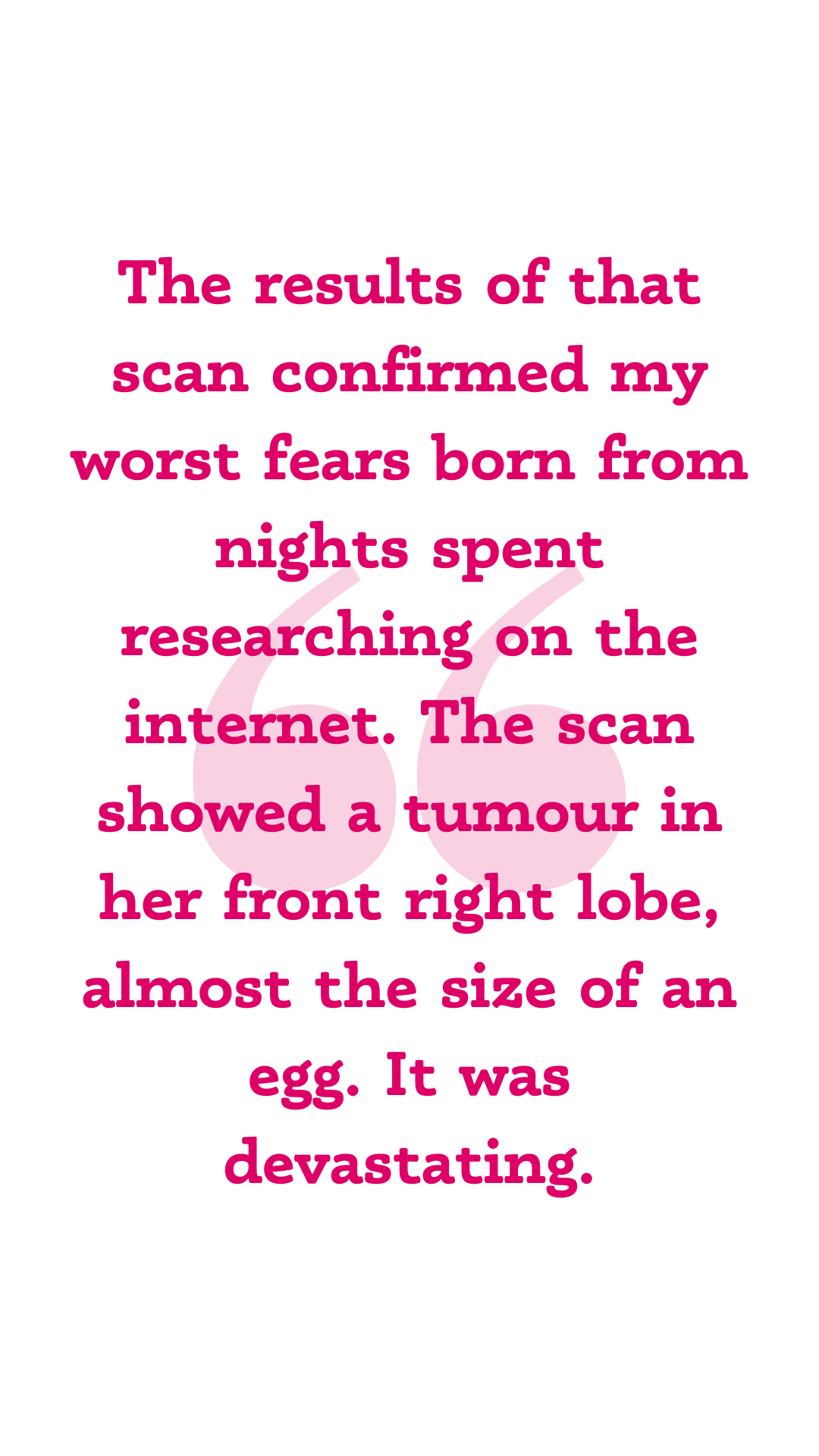 came back, she couldn’t remember where she had been. The headaches, vomiting, and incontinence followed soon after.
came back, she couldn’t remember where she had been. The headaches, vomiting, and incontinence followed soon after.
Friday, April the 27th, she went to visit her GP. It’s incredibly rare for a GP to meet a glioblastoma patient – the odds are nearly 1 in 200,000. He suggested that she might have a migraine, and sent her home with some Aspirin.
Another week went by where her symptoms only got worse.
We returned to the doctor, this time to A&E at Charing Cross Hospital. After waiting for two or three hours, she got to see the triage which included the registrar of the neurosurgical department. They told her they had seen her condition many times and sent us home with nothing but a renewed prescription for Aspirin.
Her symptoms still didn’t improve and so a friend suggested we get an MRI. We were able to schedule in with a neurologist that weekend. He was a cheerful, somewhat old school, intellectual type. He sat us down, saying he wanted to do a few tests, and began by asking Natalie to remember a few words — chair, pencil, window. He then asked her to count backwards from one-hundred by seven. She only got to ninety-three. But, she was a musician, so what did he expect? But when he asked her to repeat back the three words, she only could remember one.
At this point, he was no longer as cheerful as he had been when he first entered the room. He became quite serious and left saying he needed to check a few things. When he returned, he told us that he had asked the MRI team to stay after hours for Natalie to have a scan.
The results of that scan confirmed my worst fears born from nights spent researching on the internet. The scan showed a tumour in her front right lobe, almost the size of an egg. It was devastating.
With newfound attention from her medical team, Natalie’s symptoms stabilised in the following days. She was treated with steroids and put on bedrest. We were soon set to meet with the neurosurgeon who had organised a consultation with the family. Given Natalie’s general health and the location of the tumour, he advised that she would respond well to chemotherapy and surgery.
He gave us a prognosis of 12-18 months.
Living with a brain tumour
But Natalie was optimistic. Her surgery was scheduled for Tuesday, the 8th of May. She had to stay in the hospital those days, visited by family and friends. Her feisty Scottish roots shone through as we talked about the possibility of her not surviving the operation. I was in pieces.
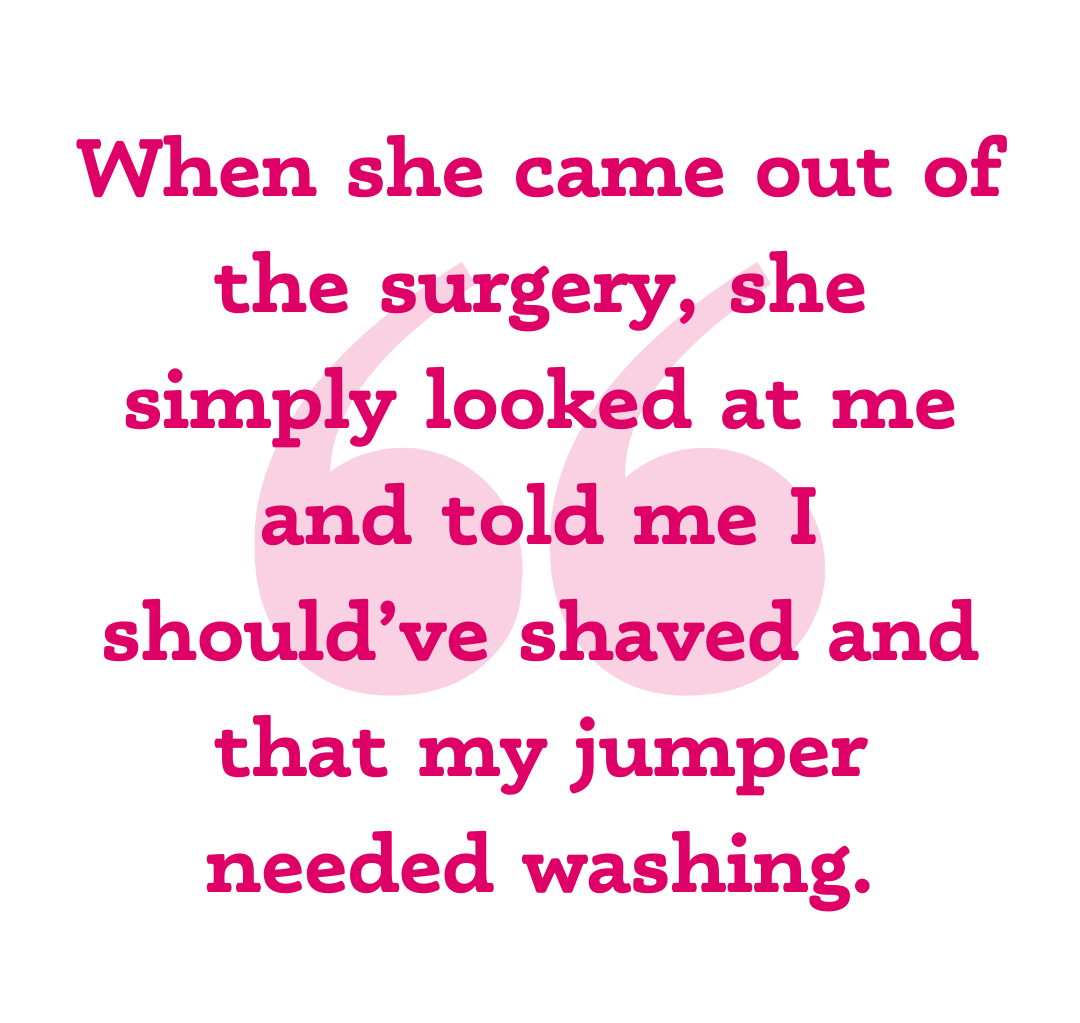 The surgery was quite successful — almost 98% of the tumour had been removed. She was much braver than I was during this time. When she came out of the surgery, she simply looked at me and told me I should’ve shaved and that my jumper needed washing. She certainly hadn’t died. After only four days, she came home, continuing to get on with her life, enjoying every day.
The surgery was quite successful — almost 98% of the tumour had been removed. She was much braver than I was during this time. When she came out of the surgery, she simply looked at me and told me I should’ve shaved and that my jumper needed washing. She certainly hadn’t died. After only four days, she came home, continuing to get on with her life, enjoying every day.
The next four and half years were marked by treatment — chemotherapy, radiation, and later the Optune Treatment. The medical team continued to adjust her medications to manage her symptoms. Every few days I would shave her head. We had summer holidays and skiing trips. We tried to maintain as much normalcy as we could during a time that was anything but.
During Covid, we isolated in Devon to be away from my daughter and youngest son who were teachers. I guess one of our neighbours thought that we were breaking the law. She would bang on the door late on a Saturday night, confronting us in the street, telling us to go home. She and her friends reported us three times to the police. When the police finally came and saw that Natalie was isolating in accordance with the guidelines for a sick person, they closed the complaint. We then had tried to make a complaint against the neighbours for harassment, but the police just told her to leave us alone. Our neighbour told us we “shouldn’t use Natalie’s illness as a weapon against them.” Natalie was able to just shrug it all off. For me, it was like carrying a mountain on my back.
During the first six months after Natalie’s diagnosis I signed up for counselling with a psychotherapist from Maggie’s Cancer Centre. With this support, I was able to come to terms with her illness and eventual death. It helped me to hold onto a mindset of “one more day.” It helped prepare me for what was going to happen, but not when.
In October 2021, Natalie had another scan showing that the tumour had grown, and it was no longer the shape of an egg, but now more like the branches of a tree, travelling down the blood vessels of her brain. She underwent another surgery, but this time they were only able to remove 88% of the tumour.
of her brain. She underwent another surgery, but this time they were only able to remove 88% of the tumour.
In April, Natalie’s headaches began to worsen. Her incontinence led her to wear nappies. We feared the worse. She soon lost her ability to walk long distances. We had handrails installed in the shower, and a medical bed placed downstairs. She was declining quickly.
So many people wanted to see her at this time. Her closest friends felt entitled to see Natalie, even more so than her own family. I remember my children telling me that every time they saw their mother, it felt like the whole world was there. I set up a rotation, allocating time for everyone in her new social calendar. Natalie wanted to sleep in her own bed as long as possible, but her occupational therapist was worried about her ability to get up and down the stairs. Everyone had different and competing opinions of how Natalie should be cared for.
And then Natalie had her first seizure. I remember the feeling of her collapsing into my arms, losing total control of her body. This was the moment I knew she was dying. It was a moment I had expected, yet never could have prepared for. Still, this was the greatest shock for me. More than her death.
Her friends kept up the pressure. They were relentless, adamant to spend time with her. A consultant from MacMillan’s said that it was important going forward to surround her with an atmosphere of tranquillity, calm, and dignity. And Natalie was proud. I knew that she wouldn’t want everyone to see her in this state. The consultant encouraged me to surround Natalie with only her close family so that Natalie’s final days could be peaceful – not just for Natalie, but for me as well.
I told this to my sister-in-law. But she told me that would not be necessary, and said she would apologise if she had upset me. I relayed the same suggestion to one of Natalie’s friends who told me that this didn’t apply to her. In her mind, she was family.
Natalie’s legacy
Natalie’s final days were peaceful. She spent them with her close family. One day she listened to Barbara Streisand. The next, we watched our wedding video. Then, the last concert she gave. I read her the eulogy I had written for her. She smiled. We talked about the celebration she wanted.
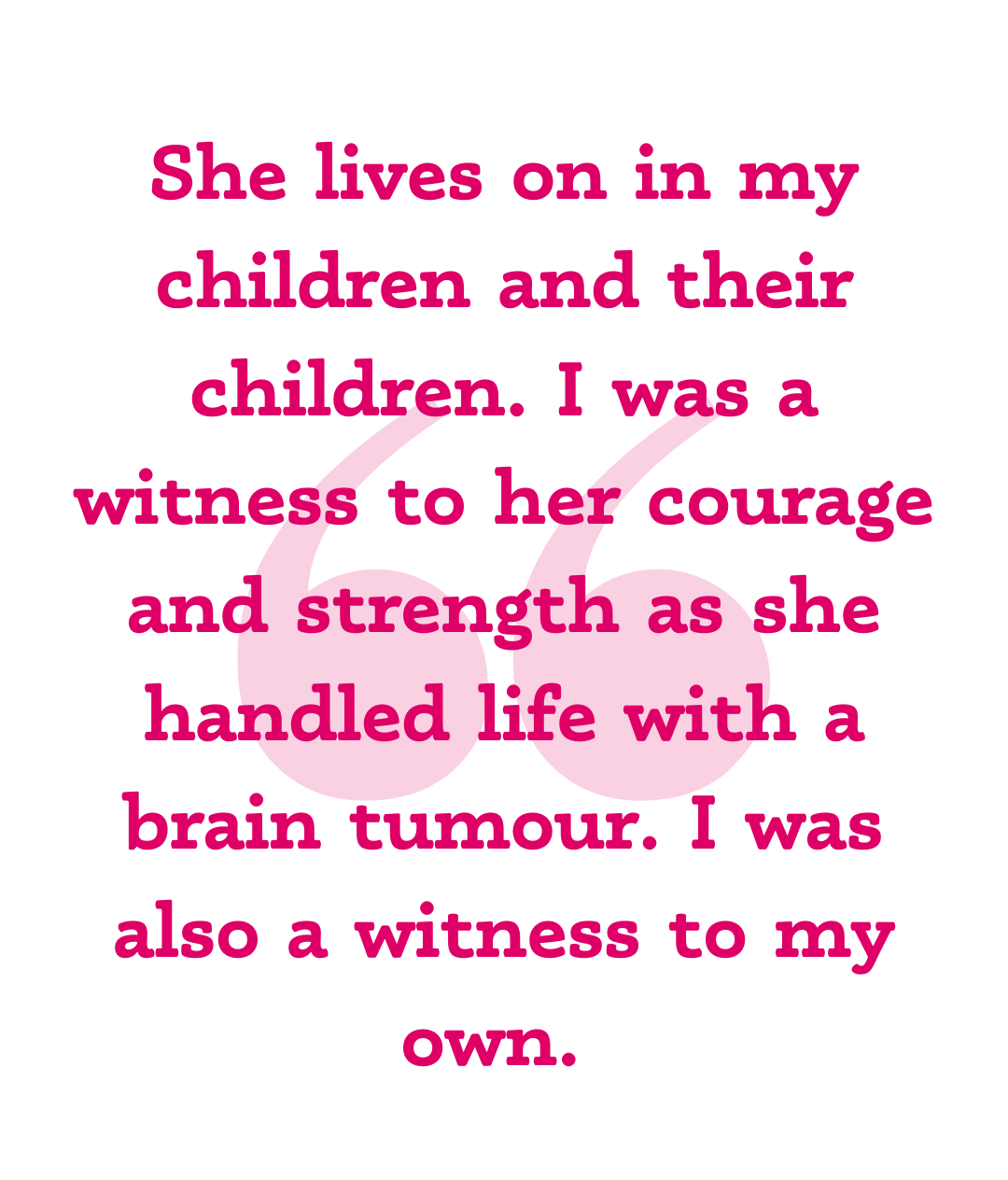 Many of her friends and much of my family did not come to that celebration. They told me amidst all the chaos of those final weeks, I had made them feel not welcome. Somehow I had started World War III. I sent an email to my brother saying that Natalie would have been honoured for him to attend, and that if he were to come, I would welcome him as my brother. He also didn’t show.
Many of her friends and much of my family did not come to that celebration. They told me amidst all the chaos of those final weeks, I had made them feel not welcome. Somehow I had started World War III. I sent an email to my brother saying that Natalie would have been honoured for him to attend, and that if he were to come, I would welcome him as my brother. He also didn’t show.
During the time of Natalie’s death, I not only dealt with the loss of this amazing woman, but the loss of family and friends. Many of her friends still won’t talk to me. It was and still is incredibly painful. I am grateful for the support of Natalie’s medical team. I think they did the best they could. I think I did the best I could. I accepted the fact that she would die. But I am still baffled by how close friends and family responded in those final weeks.
The last thing Natalie made me promise was to go find a new partner. She told me that I’m no good alone. So, seventy years young, I am online dating, per her instructions. I think this just proves what a lunatic I am.
Natalie passed on the 12th of September, 2022 at 10:00 in the morning listening to Make You Feel My Love.
She is the greatest human I’ve ever known. I am honoured to have been this woman’s husband, and to have been allowed to share thirty-six years of our life together. She lives on in my children and their children. I was a witness to her courage and strength as she handled life with a brain tumour. I was also a witness to my own.
Thank you to the team at Charring Cross, The MacMillan Centre at Meadows House, and the navigators at Maggie’s Cancer Centre. We ask that you support the charities, brainstrust and McMillan’s Cancer Centre, in honour of the wonderful life and death of Natalie Simons.
If you would like support because you or someone you love has been diagnosed with a GBM, you can call us on 01983 292 405, email us hello@brainstrust.org.uk or visit our GBM hub here.




